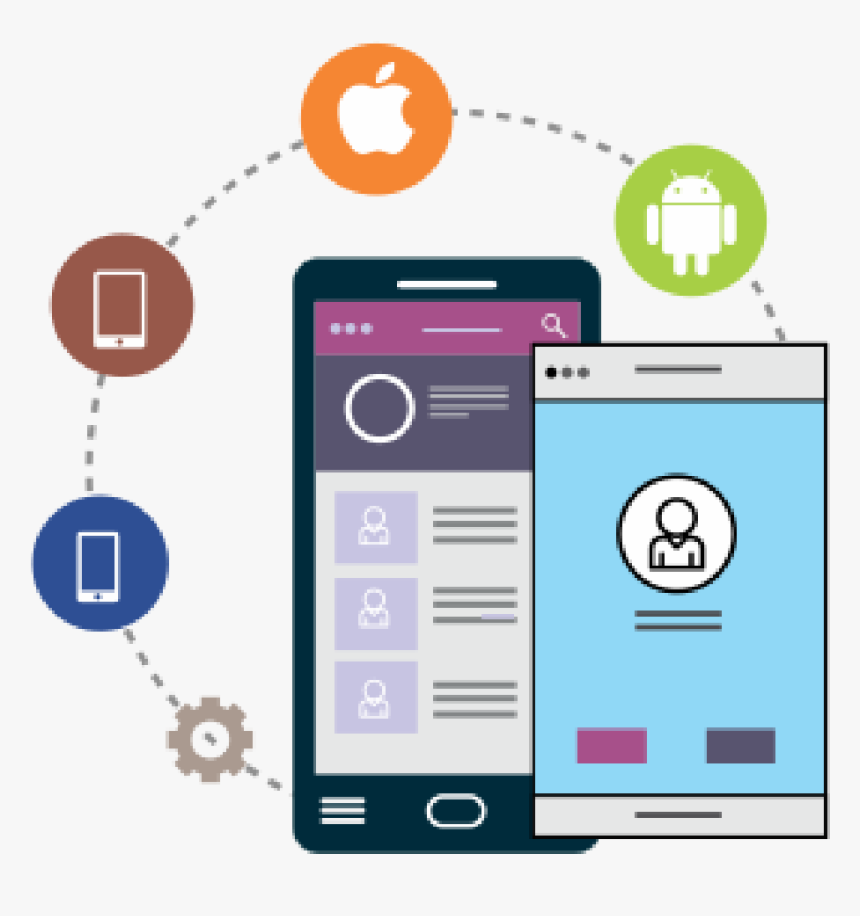Successfully Monetizing Mobile Apps: A Comprehensive Guide

The proliferation of mobile apps in the digital space offers several opportunities for developers to generate substantial revenue. However, the challenge lies in successfully monetizing these applications without compromising the user experience. This article will explore practical strategies to monetize mobile apps and ensure a steady income stream.
In today’s digital era, mobile apps are a lucrative avenue for businesses and individuals. By the end of the year, mobile app revenue will reach $935.2 billion through paid downloads and in-app advertising. The key to tapping into this potential goldmine lies in understanding the various monetization strategies and implementing them effectively.
A deep dive into monetization strategies
Let’s look at the most common and effective monetization strategies for mobile apps.
In-app purchases
In-app purchases have become increasingly popular among users, offering a convenient way to access additional features, virtual goods, or premium content within an app. This monetization strategy is widely implemented in gaming apps, allowing players to enhance their gameplay experience by purchasing power-ups, unlocking new levels, or acquiring exclusive items for a fee.
The concept of in-app purchases extends beyond gaming apps and can be applied to various other categories, including fitness or productivity apps. In these types of apps, users may have the opportunity to unlock advanced workout routines, personalized training plans, or exclusive productivity tools through in-app purchases.
The success of in-app purchases lies in providing exceptional value to users, compelling them to invest in the app’s offerings. Whether it’s the promise of improved performance, enhanced functionality, or exclusive content, the app must deliver a unique and worthwhile experience that users are willing to pay for.
Freemium model
The freemium model is a widely adopted business strategy that offers users free access to the basic features of an app while providing premium features at a cost. This approach has gained significant popularity due to its ability to foster trust and increase the likelihood of purchases. By allowing users to thoroughly test the app’s functionalities before committing financially, the freemium model creates a sense of confidence and transparency.
The freemium model allows app developers to continuously engage with users by frequently updating and enhancing the app’s premium features. This ongoing development ensures that users perceive value in the premium offerings and are willing to invest in them. Additionally, the freemium model allows for targeted marketing and personalized upselling, as developers can analyze user behavior and preferences using free features.
The freemium model allows app developers to form long-term relationships with their users. By continuously delivering value and addressing user needs, developers can build loyalty and advocacy among their users. It not only leads to increased retention rates but also creates a positive word-of-mouth reputation, which can attract new users and further grow the app’s user base.
In-app purchases
Integrating in-app purchases can be highly profitable for app developers who aim to monetize mobile apps. This revenue stream can include various options, such as selling physical goods, offering services, or even providing virtual products like additional game levels, digital currency, or subscriptions to premium content.
By offering users a range of options to enhance their experience, app developers can not only generate revenue but also increase user engagement and satisfaction. With the proper implementation and marketing strategies, in-app purchases can become a significant source of income for businesses in the digital marketplace.
Subscription model
The subscription model provides a reliable and consistent income stream for app developers. With this model, users can download the app for free, but to access the best content, they must pay a recurring fee.
This approach is efficient for apps that offer exceptional and exclusive content, which fully justifies the subscription cost. By implementing this model, developers can ensure a sustainable revenue source while providing users with valuable and engaging experiences.
In-app advertising
In-app advertising is efficient and cost-effective to generate revenue without charging users. These advertisements can take various forms, such as banner ads, video ads, or native ads, seamlessly integrated into the app interface.
It is crucial to ensure these ads are non-intrusive and carefully tailored to maintain a positive and enjoyable user experience. By striking the right balance between revenue generation and user satisfaction, app developers can create a sustainable and thriving ecosystem for their users.
Adapting to emerging monetization trends
In today’s dynamic landscape of mobile app monetization, app developers must not only be adaptive and responsive to emerging trends but also stay ahead of the curve. It involves staying abreast of the latest technological advancements, understanding evolving user preferences, and continuously seeking innovative ways to enhance user engagement while maximizing revenue.
The prevalence of augmented reality, virtual reality, and artificial intelligence opens up novel avenues for app monetization. These cutting-edge technologies offer developers exciting possibilities to create immersive experiences and drive user engagement.
By remaining agile and embracing change, developers can position themselves at the forefront of the industry and maximize their app’s potential for success. It’s crucial to seize these opportunities and leverage them to create unique and valuable user experiences, which could lead to increased revenue and sustained growth.
All in all
Monetizing mobile apps requires a deep understanding of your user base and the value your app provides. By combining the various strategies discussed in this article, developers can create an environment where users are willing to invest in their app’s offerings. However, it is crucial to balance revenue generation and user satisfaction to ensure long-term success. With careful planning, effective marketing strategies, and consistent updates, mobile apps can become a significant source of income for businesses and individuals.





